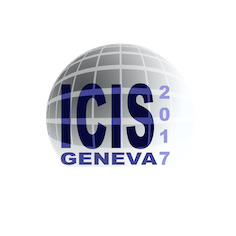Speaker
Description
The experimental and theoretical research carried out in the past at the Institute of Applied Physics (IAP RAS) resulted in development of a new type of electron cyclotron resonance ion source (ECRIS) – the gasdynamic ECRIS. The gasdynamic ECRIS features a confinement mechanism in a magnetic trap that is different from Geller’s classical ECRIS confinement i.e. the quasi-gasdynamic one similar to that in fusion mirror traps. Such ion source type has demonstrated good performance producing high current (100-300 mA) multi-charged ion beams with moderate average charge (Z=4-5 for argon) and especially high efficiency for low emittance hydrogen and deuterium beam formation (500 emA current, current density up to 700 $\mathrm{emA/cm^2}$ and RMS emittance below 0.07 π•mm•mrad). Experimental studies of gasdynamic ECRIS in a pulsed mode were performed at SMIS 37 facility.
The obtained high-level results have stimulated a wide spectrum of research activities devoted to further extension of the gasdynamic ECR source principles to related fields of research and applications. The present report overviews recent investigations at the Ion Sources Laboratory connected with ECR plasma heating by powerful millimeter wave gyrotron radiation. Novel ideas such as using a magnetic field generated by a single coil for plasma quasigasdynamic confinement for proton beams production, applications of a dense ECR plasma for H$^-$ generation, development of a new CW gasdynamic ECR source with 28 GHz gyrotron heating among others are discussed.




